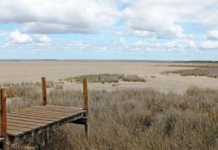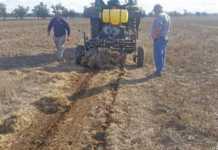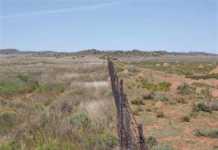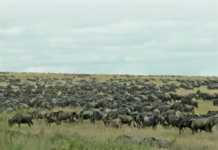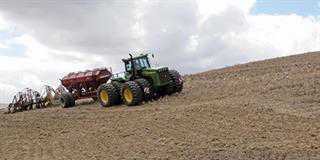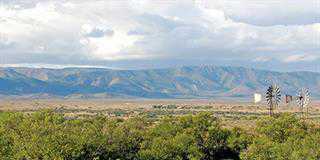In my previous two articles, I wrote about the remarkable robustness and longevity of sericea (Lespedeza cuneata) and crown vetch (Securigera varia). I’m sure that a number of readers will want to know which of these is best suited to their farm. On most farms, sericea is planted primarily for hay production. The fact that it produces a protein-rich hay makes it a far better proposition than Eragrostis curvula.
Feeding sericea hay to beef and lamb weaners can turn costly winter months into profitable production months. Sericea also does not require nitrogen fertiliser. There’s no need to remind readers that the price of nitrogen will continue to escalate, as it is directly linked to the price of crude oil. According to my calculations, at the current price of LAN at R4 500/t, fertilising at a rate of 400kg of LAN/ ha for 20 years with an annual price increase of 10%, will result in a total cost over that time of more than R100 000/ha!
Using Sericea
Over the years, sericea utilisation has taken on the following pattern: early spring grazing, allowing the land to grow out for taking a hay cut, and grazing the regrowth. It is astonishing, incidentally, how well sericea starts growing before the first spring rains, even on dry soil.
Sericea’s greatest drawback is that it has minimal winter grazing value because leaves are shed at the first severe frost. Some farmers have overcome this by combining it with cocksfoot or another grass with reasonably good winter foggage value (fast growing, lush pasture, with high protein levels).
Crown Vetch
Crown vetch currently plays a minor role in forage production in the summer rainfall region. But this will change in time, because it is ideal for stabilising eroded areas. The non-bloating legume covers the soil rather like kikuyu, growing laterally by sending out rhizomes and stolons (below- and above-ground stems respectively).
The value of mixed species
Although crown vetch is a good pasture on its own, I see its main role as a component of a dryland mixed species pasture (MSP). A good MSP for regions where the rainfall is above 650mm is crown vetch, birdsfoot trefoil, Smutsfinger grass, and cocksfoot.
The saying goes that, in the first year, crown vetch sleeps, in the second year it creeps and in the third it leaps. This slow take-off is not a problem when planted with species such as birdsfoot, which get off to a quick start. Crown vetch is a long-distance runner that improves as the years roll by, provided it is well managed.
I also foresee a great future for crown vetch in combination with kikuyu, and have visited farms where a crown vetch-kikuyu mix produces a generous quantity of forage without the use of nitrogen. But I have never seen any farmer successfully introduce crown vetch into well-established kikuyu. To try this mix, plant the crown vetch in wide rows (1m to 2m) and then introduce kikuyu a year or two later between the rows.
John Fair heads up Fair’s Biofarm Assist, and can be contacted on 058 622 3585 or [email protected]

